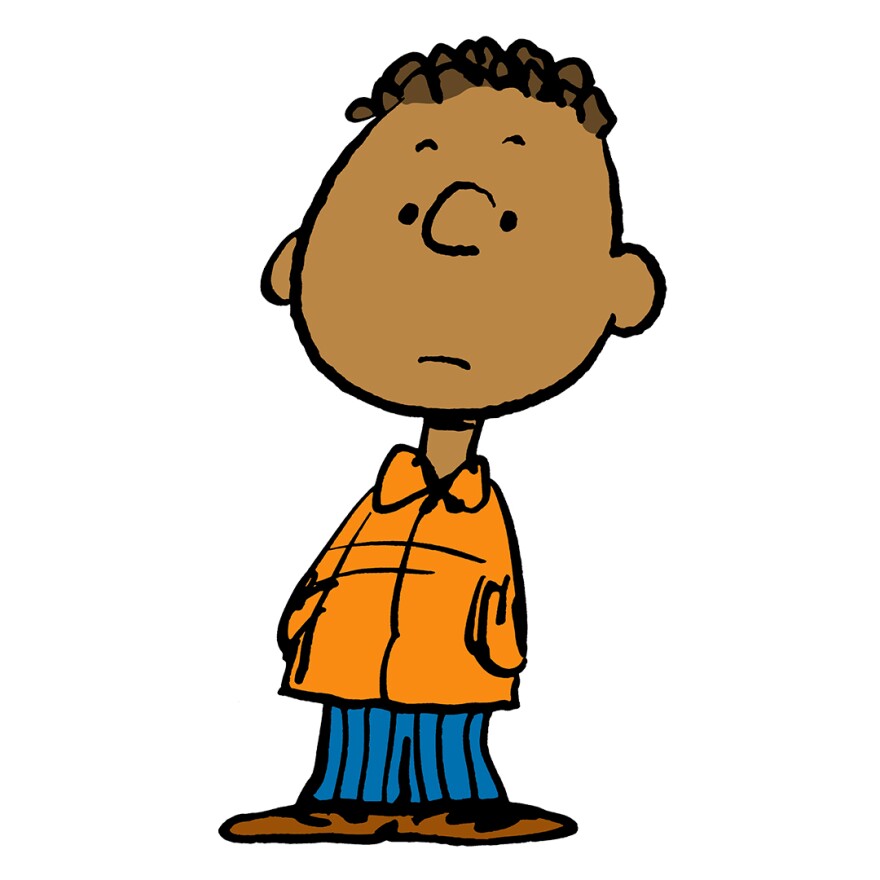“Is this your beach ball? Hey, yeah, thank you very much!” From this innocent seaside exchange an important friendship was born – an interracial friendship – between one of America’s most lovable losers – Charlie Brown and an African American classmate – Franklin Armstrong. Charles Schultz integrated Franklin into his Peanuts comic strip on July 31, 1968; the beloved cartoon’s first Black character, appearing just months after Martin Luther King’s assassination amid the fourth long, hot summer of urban rioting.
Less than two weeks after King’s assassination on April 4, 1968, with dozens of northern cities still smoldering from collective violence, Harriet Glickman – an idealistic Los Angeles teacher wrote a heartfelt plea to Peanuts creator Charles Schultz: in the spirit of King’s commitment to racial reconciliation, consider desegregating the popular comic strip. Children of color were in-tune with the lack of Black characters in mass media, and progress toward inclusion – even in the funny papers – promoted self-respect and open-mindedness among their white classmates. Schultz warmed to the idea of the Peanuts gang taking such a stand. At first concerned about being perceived as “patronizing” with “tokenism,” the cartoonist eventually threatened to quit writing altogether when United Feature Syndicate – responsible for publishing the comic – voiced their reservations that some newspapers might drop the series in protest.
Franklin eventually debuted that summer of 1968. Introduced as a school friend of Peppermint Patty and Marci, Franklin picked up Charlie Brown’s lost beach ball and the two later built a sandcastle together.
The civil rights struggle inspired demand for this type of honest storytelling in popular culture.
African American characters meant representation to black youth, serving as role models and empowering young imaginations. This turn toward greater inclusion in the late 1960s fairly revolutionized the quantity and quality of how Blacks were portrayed in comics, television, elementary school libraries, story hours, and bookstores.
Comedian Bill Cosby starred as secret agent Alexander Scott on NBC’s espionage adventure series I Spy, the first African American in a lead primetime role. When that program ended in 1968, NBC debuted Julia, starring Diahann Carroll in the title role as a nurse and single mother whose husband died in Vietnam. This was one of the first sitcoms to portray a Black woman as a nothing more or less than a mainstream American.
Perhaps television’s most groundbreaking and important Black character was actress Nichelle Nichols as Lieutenant Uhura, the USS Enterprise’s communication officer on Star Trek. Nichols had initially thought of leaving the show, until Martin Luther King personally convinced her that Black girls needed her character’s competent and confident example.
In the world of superheroes, by 1966 Stan Lee introduced Marvel’s Black Panther – an African king with superpowers derived from a meteoric mineral – and later the Falcon started flying through editions of Captain America in 1969.
Franklin – whose dad was also serving in the Vietnam War, where Blacks made up twenty-five percent of combat troops and combat deaths – eventually joined the rest of the gang at the dinner table for their holiday feast in CBS’s 1973 showing of the Charlie Brown Thanksgiving, although as some noted, he sat by himself on one side of the table.
But, after all these were admittedly small steps that perhaps Schultz captured best in that original 1968 illustration, when Charlie Brown confessed to his new friend “Where I come from, I’m not famous for doing things right...”



